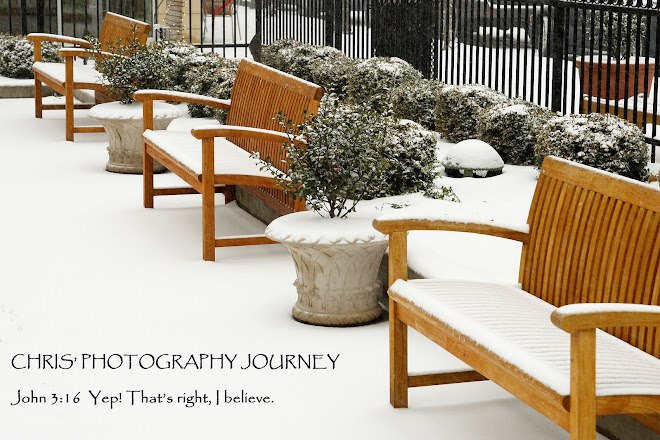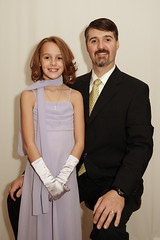Thursday, June 28, 2007
Book Review - The Complete Guide to Canon’s Digital Rebels
Enter, The Complete Guide to Canon’s Digital Rebels by Gary Friedman. I found this book through the message forums on DPreview.com (http://www.dpreview.com/) and was privileged enough to be one of the final proof readers. Now, I am not a big fan of ebooks as I find them difficult to read and I usually resort to printing a hard copy. This is NOT the case with Gary’s book. I found it very easy to read this book on my computer screen and did not have a desire to print any of the pages. This is good, as the book is over 400 pages long and printing it could get pricey.
In this book, Gary takes on all facets of using this camera and explains in detail how each mode works. He also takes all the confusing jargon associated with photography and explains what it actually means. He does this in a way that makes the book easy to understand and enjoyable to read. Gary includes real world examples, personal anecdotes, and lots of color-illustrations to thoroughly explain each topic. Sprinkled throughout the book are many tips and undocumented features that the average photographer would only learn after years of using this camera.
This book is not just for the beginning photographer, however. Gary covers topics such as lighting, composition, and flash photography in sufficient depth and detail that even veteran photographers are bound to learn something new (or at least be reminded of something they forgot). Gary also walks the reader through each and every menu and explains what every option does and why it is important. One of my favorite parts is where Gary shows the specific settings he uses for a variety of difficult shots (such as capturing photographs of lightening, fireworks, or Christmas lights.) This was not the first book I purchased to help me with this camera, but no other book I have seen comes close to the depth of information Gary presents. And they certainly don’t do it in the easy going and relaxed manner Gary uses. I highly recommend this book to anyone using the Canon XT/XTi series of cameras who wants to take better photographs.
So, you probably get the idea I like this book, and I do. But my endorsement of this book is legitimate. Gary did not pay me anything and did not ask me to write this review. I did receive a free copy of his book as a thank you for proof reading it for him, however, I also spent 10-15 hours on proof reading and submitting corrections to Gary so that just seems fair to me. If you are new to this camera, or if there are functions you don’t understand, this book will help you. You can buy a copy of The Complete Guide to Canon’s Digital Rebels at Gary’s website (http://www.friedmanarchives.com/). The link is also in the Photography Links section of my blog on the right-hand side of the page. If you buy a copy, let me know what you think and if it helped you as much as it helped me.
Sunday, June 24, 2007
Kansas City History Class - Week 2
This has been the best history class I have ever taken, and that comes from someone who has actually enjoyed most of his history classes. I have never had a class, however, where we toured the areas discussed and that has been really interesting. This week we toured the City Market area in downtown Kansas City. This is where Kansas City actually started approximately 150 years ago as the City of Kansa (named after the Kansa indians). Many of the original buildings still exist, although many of them have been torn down also. One of the most interesting things about this area are the murals and paintings on the sides of the buildings. It was difficult to photograph some of them because they are so large and there is no good angle without a street sign blocking some part of it.
We also walked out onto a river overlook point where we could see the Hannibal bridge. The Hannibal bridge was the first bridge to span the Missouri river in this region allowing the railroad to cross the river. Four towns were competing for this bridge (Atchison, St. Joseph and Leavenworth) but Kansas City won out. This is the single most important reason Kansas City is the largest city in this region as opposed to the other three. In fact, at the time this bridge was built both St. Joseph and Leavenworth were almost three times larger than Kansas City.
Here are some photographs of the other murals in this area. Enjoy.




